Augmented Reality Toolpath Visualization
by SteveMann in Circuits > Art
3916 Views, 50 Favorites, 0 Comments
Augmented Reality Toolpath Visualization
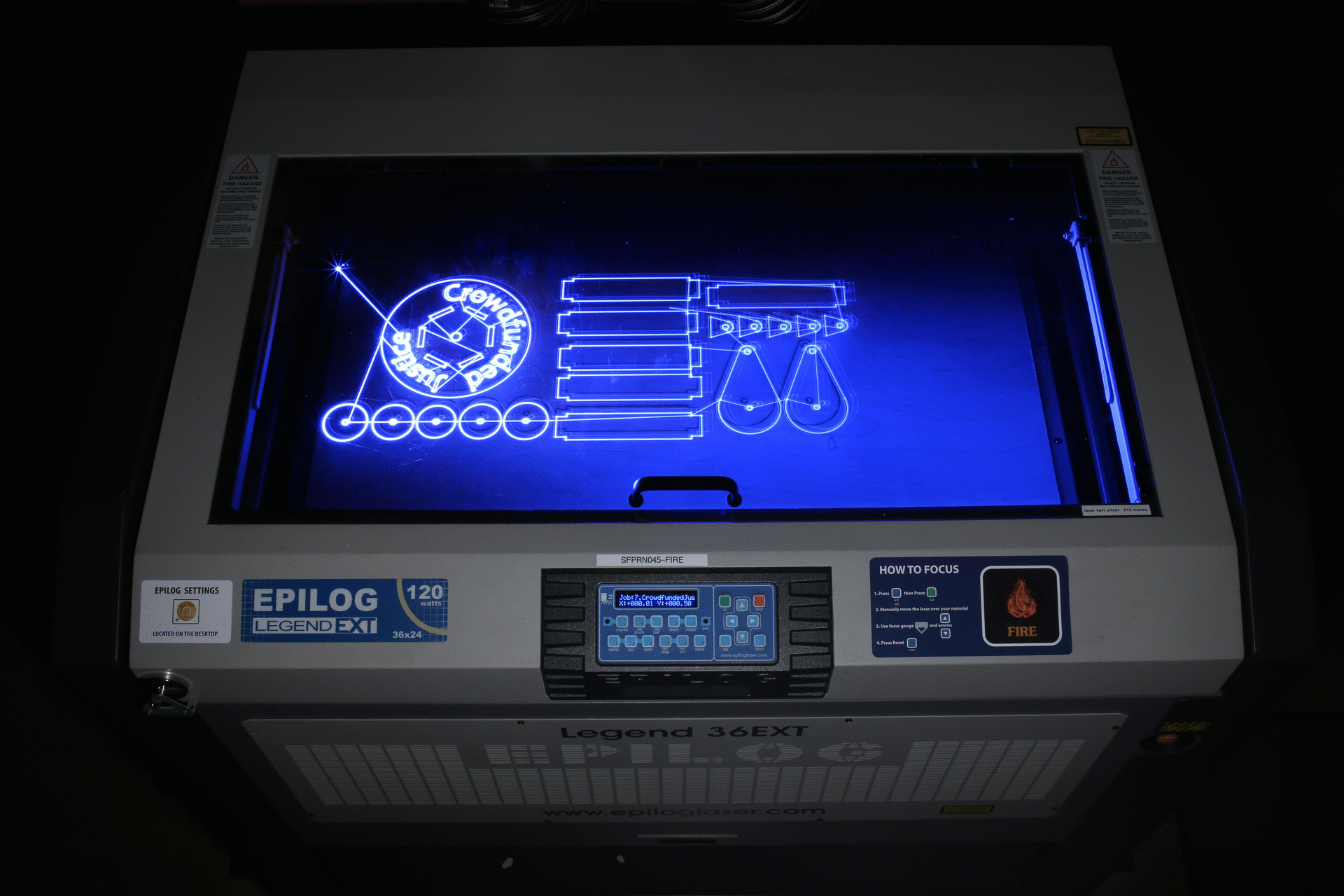
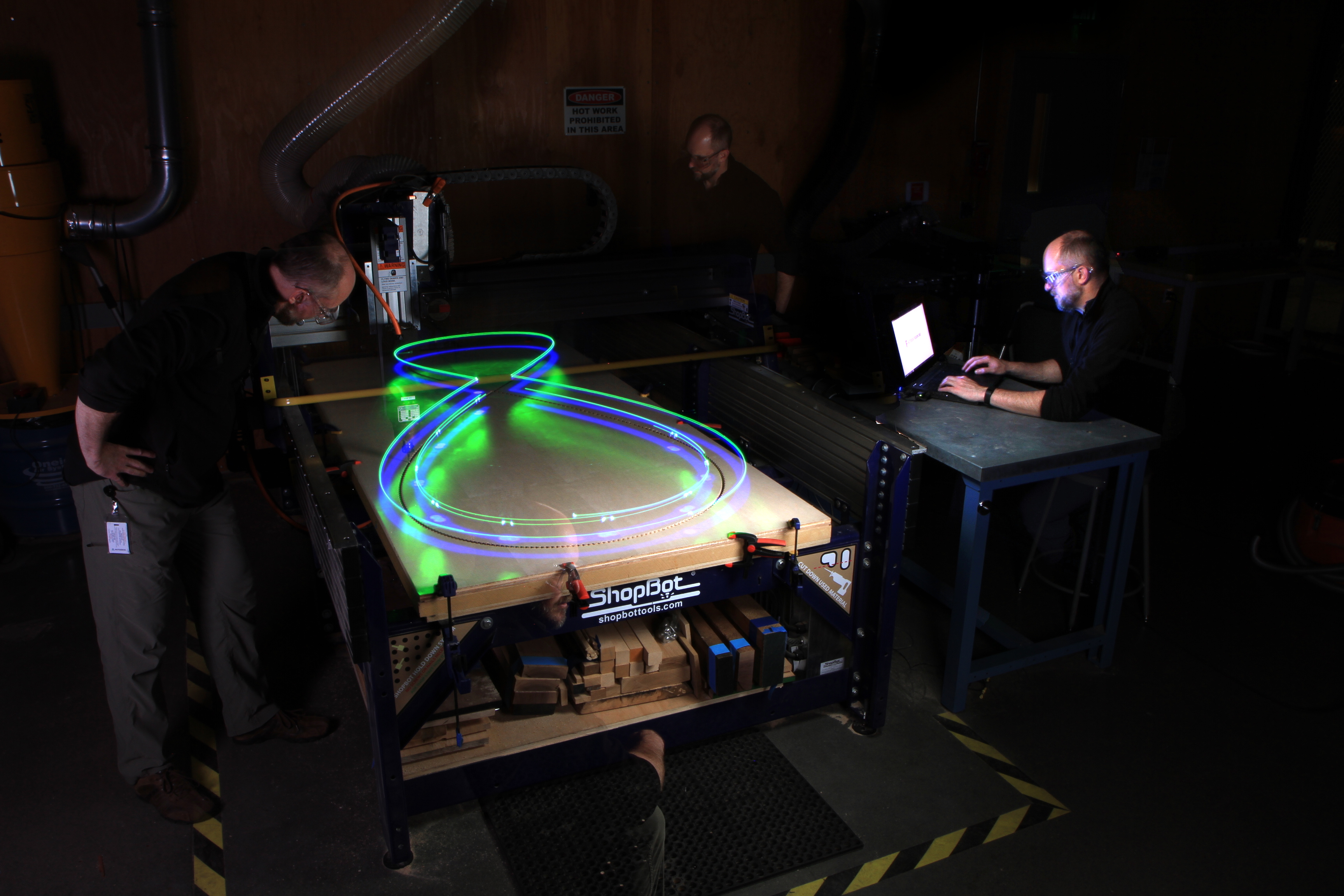
I wanted a way to be able to pre-visualize something before I cut it out on the lasercutter or CNC, so I came up with a new invention I call the PHOTOolbit™, a photonic toolbit that traces out the pattern that will be cut.
You can make one quite easily, and it will allow you to capture photographically the toolpath and even animate it so you can quickly see how a piece will be made.
I've found it useful because it shows the toolpath in-situ on the machine so I can see, for example, if its going to run off the edge of the workpiece, and it gives me a better idea seeing it at true 1:1 scale than just looking at the computer screen.
I sometimes plug in my Metaglasses so I can see it as an augmented reality overlay.
This opens up the field of "Computational Lightpainting" (abakography) to the world of CAD.
Create a PHOTOolbit™
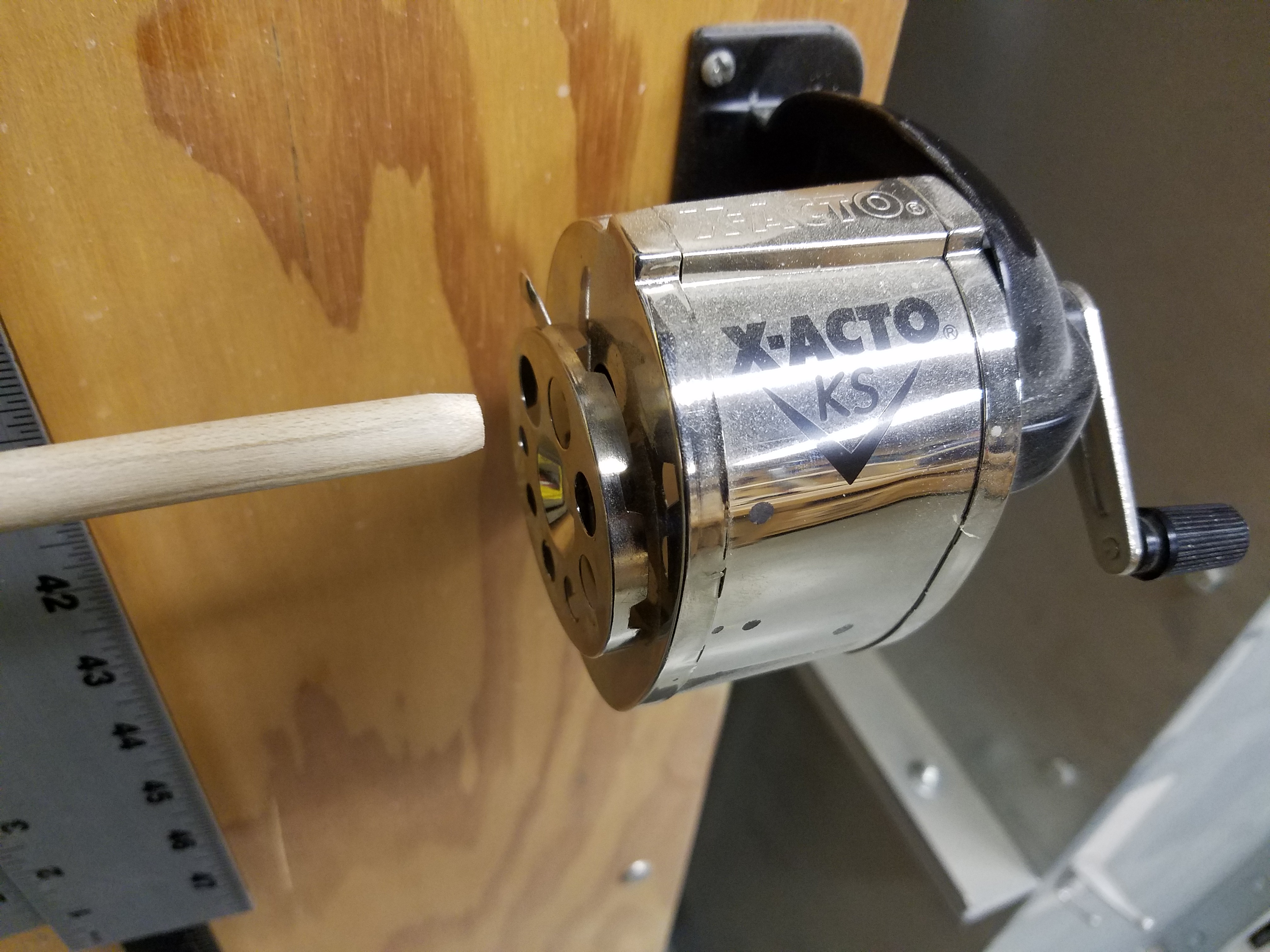
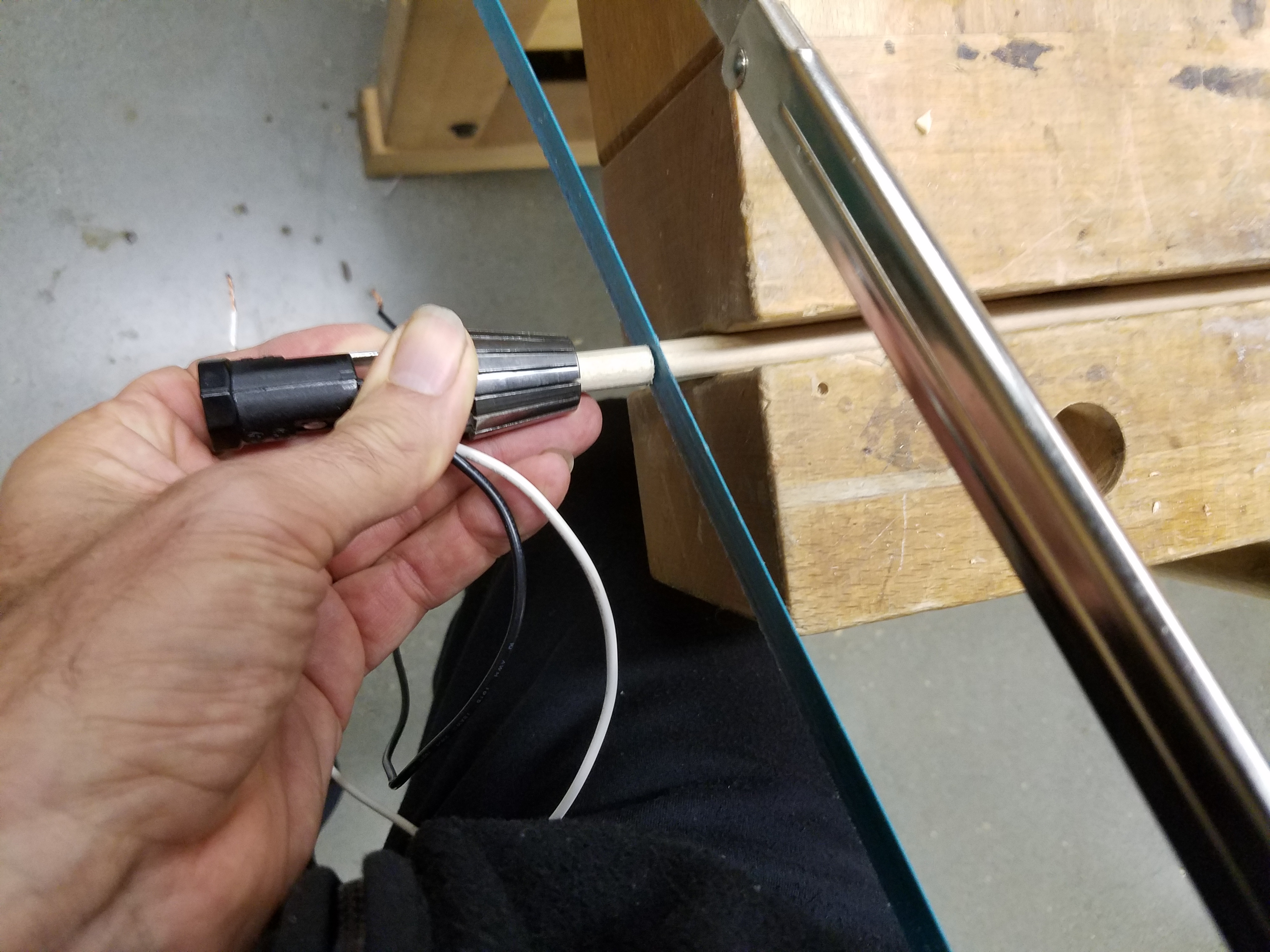
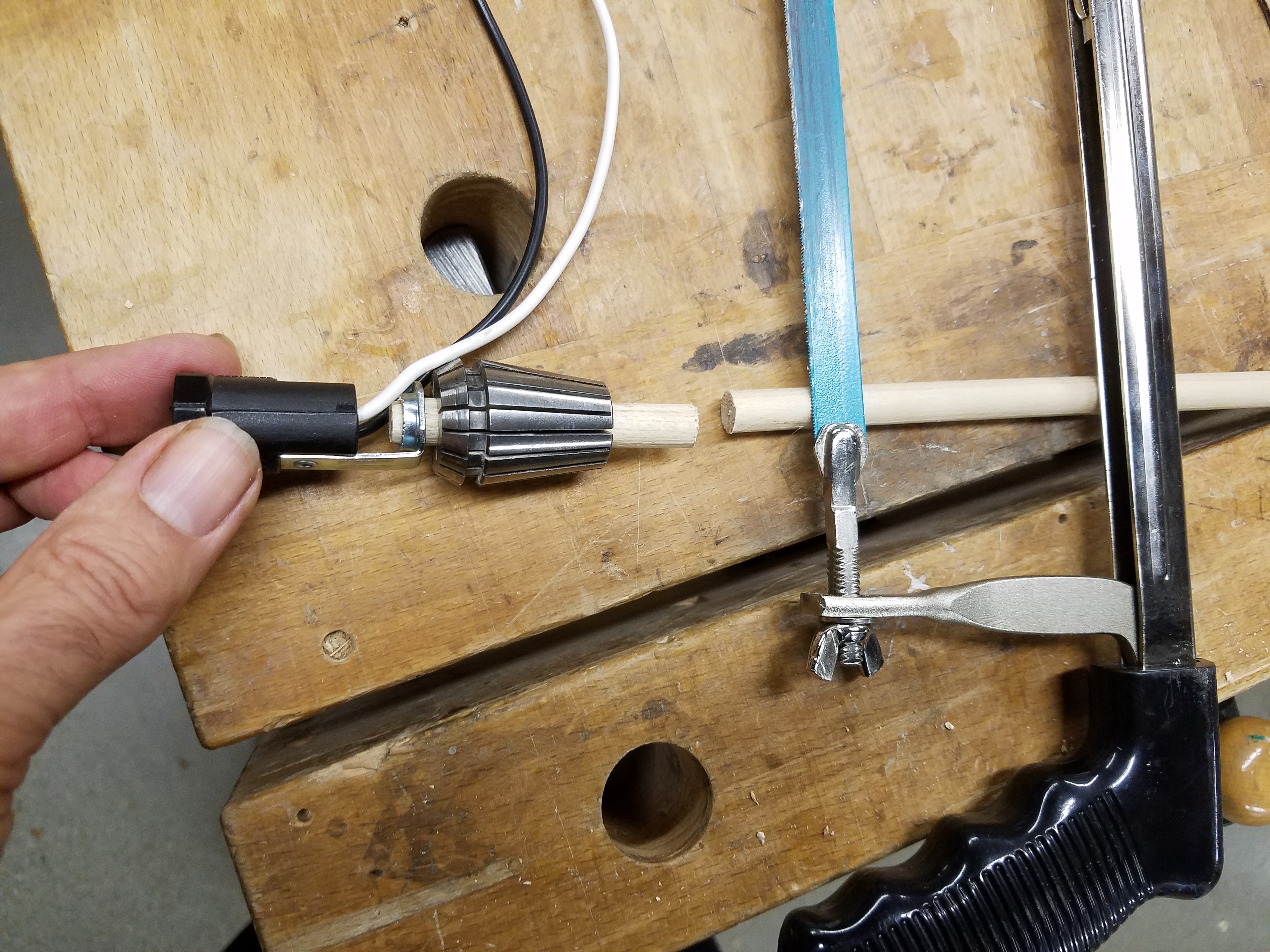
The first step is to make a photonic toolbit.
For the laser cutter, I machined down a piece of metal the same shape as the focusing unit, so it snaps in place magnetically. Upon the front upward-facing side I attached two LEDs, and later a multicolor LED.
The LEDs are driven by a small microcontroller.
The microcontroller is fed by a photodiode that picks up the light reflected from the laser shining on the workpiece.
The microcontroller is programmed to respond to the light from the laser cutter (infrared) and to provide a corresponding visual display.
Alternatively you can use the simple analog amplifier of my previous Instructable (see the figures on Step 3 of that previous Instructable).
In this way, whenever the laser comes on, the LED starts glowing.
I often have it glow one color for traverses, a different color for etching (raster), and yet another color for cutting.
For the Shopbot, I made a piece that goes in the spindle.
A standard 1/2 inch wooden dowel works good.
Sharpen the end of the dowel just a bit (keep it nice and dull but put a bit of a taper on it with a pencil sharpener).
Cut it off and mount your light.
Experiment with various configurations.
First try having the light on all the time.
Try a light bulb and try some LEDs.
Then try connecting the light to an amplifier and feeding the input of the amplifier from some process of the machine, such as motor current, sound, light, etc..
Experiment with different phenomenological quantities until you find the results you want.
Take Long-exposure Photographs While the Photoolbit Traces Out the Workpiece
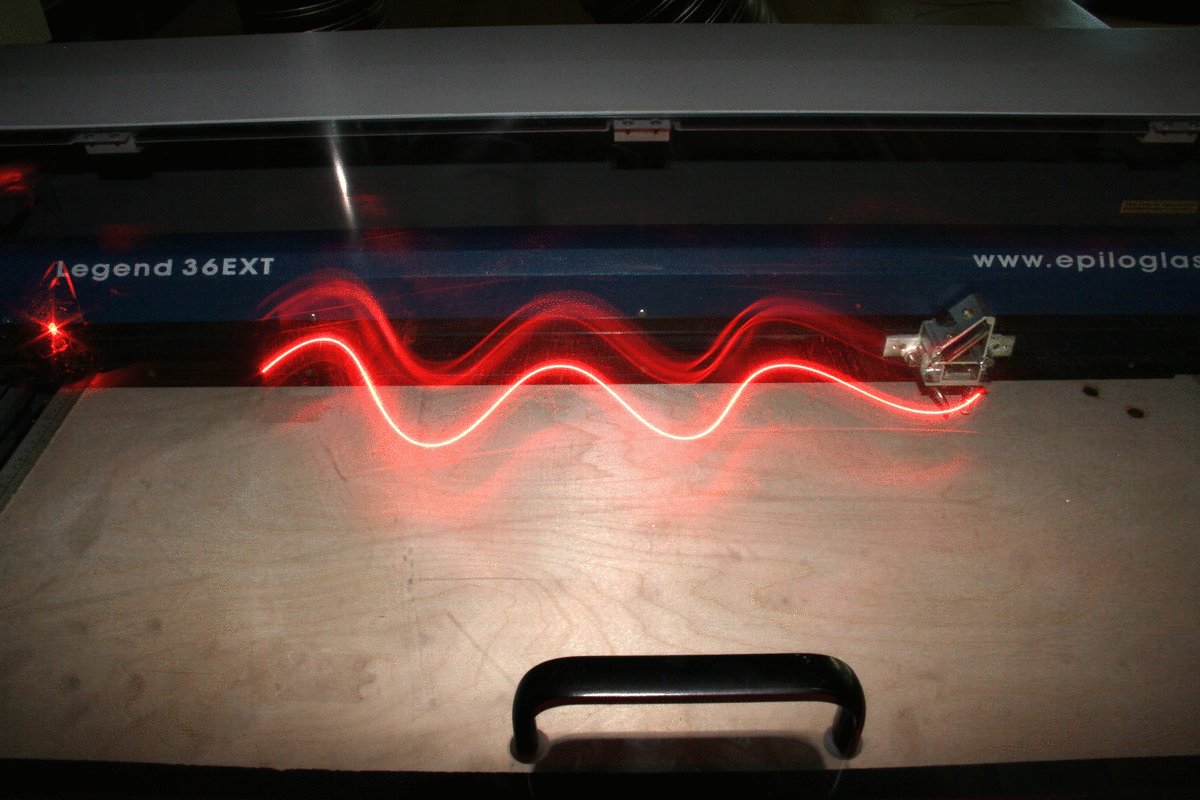
Set a camera on a tripod open on "Bulb" and trace out the patterns of the moving toolpath onto a long exposure.
Animate them.
Render them in 3D from different angles. Now you can see the toolpath as you walk around and look from different places in the room. Abakographs are just glowing trails of light and are extremely easy to render from any angle you like, since there's not much texture to render, just simple light trails.
Feed them into your AR glas (Metavision for example).
Advice regarding shooting: Black cloth hung in front of the windows helps make the room a bit darker. Alternatively I try and use a really bright light source and a dark filter over the camera lens, so that the light from the Photoolbit dominates the scene.
Make "Cyborg Portraits" for People
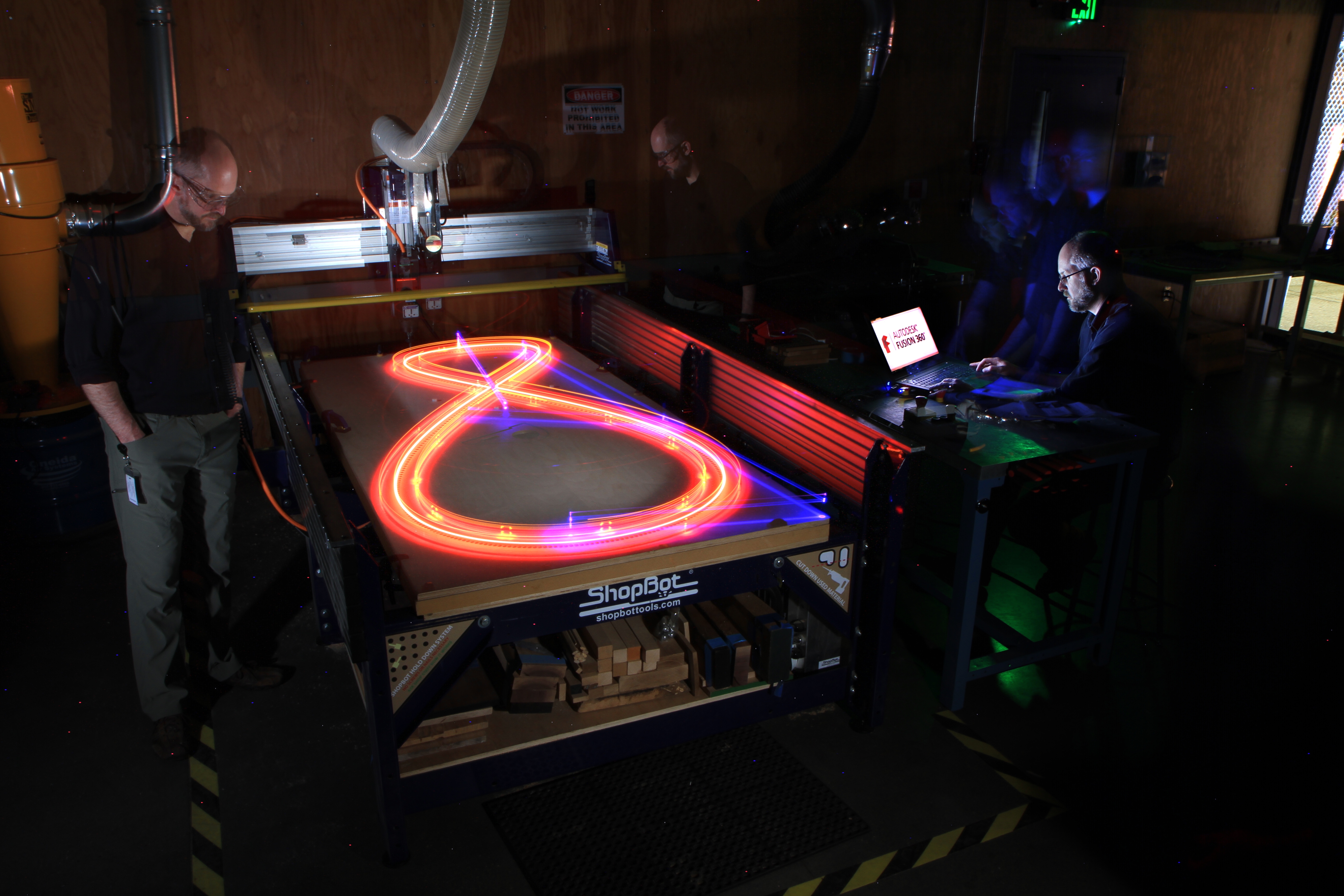
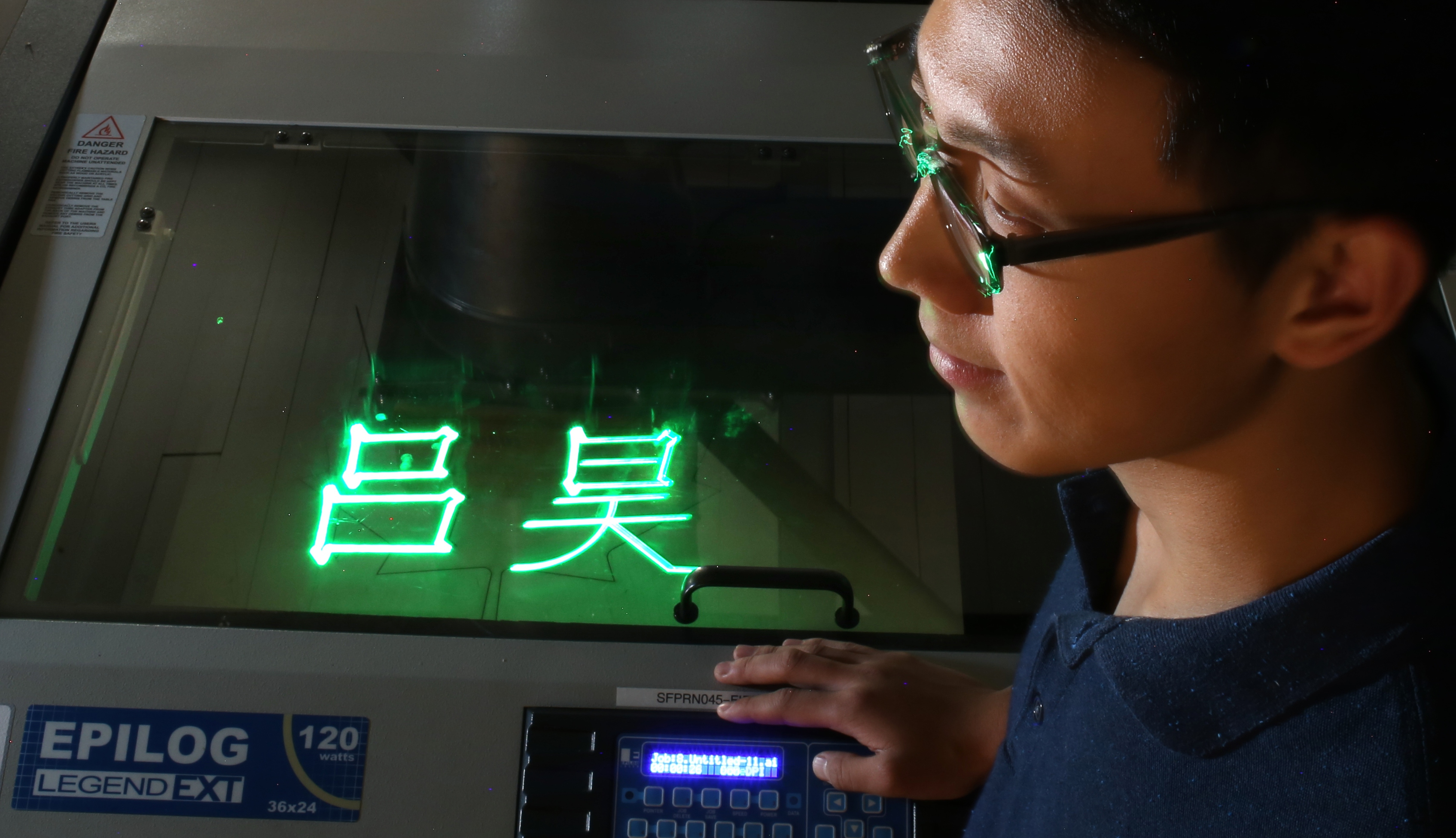

Scott (top image) with his Solar Analemma Chandelier.
Max Lu and Gabby.
吕=Lu=Lv=backbone
昊=Hao=sun on the sky
Burning your name into wood is fun!
You'll likely want to make a double exposure, once for the person, illuminated by a flash lamp, and then once again for the toolpath. Ask the person to sit still, and when the room is dark, fire the flash once to light up the person's face, and then let the toolpath run with the Photoolbit. Having the person remain while the toolpath is drawn helps, e.g. the green glint in the Max Lu's eyeglass shows nicely due to the toolpath, and although it is a bit fuzzy (due to movement) the face is still quite sharp and clear due to the flash.
You can do this all in one go (camera on "B" for both flash and toolpath) or as two separate exposures combined with the CEMENT (Computer Enhanced Multiple Exposure Numerical Technique) as outlined in a previous Instructable dealing with CEMENT.
If you take beautiful pictures of people and their artwork, they'll love it (and you)!